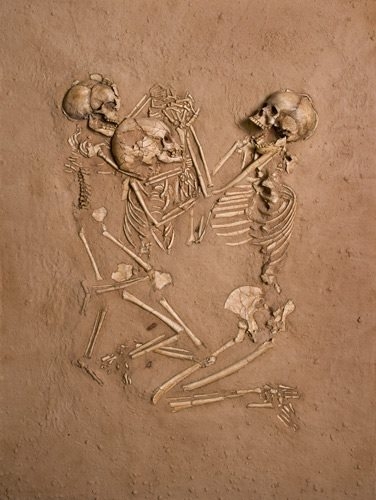This public klecture is held in the framework of the Faculty Research Seminar.
The practice of inhumation precedes the origins of agriculture and the foundation of cities. The study of ancient human bones and their archeological context has always stimulated scientific research as well as the popular imagination. Moreover, in the last decade, with the development of new genetic and isotopic techniques of investigation, ancient human bones have become valuable sources for understanding the ways people in the past interacted with both the natural and socially constructed world. However, vivid debates are still going on on how the remains of humans should be treated, handled and preserved. Different countries have different regulations: in many cases ancient human bones are considered and treated as artifacts, in other cases as sacred and reburial after excavation is mandatory in order to preserve the religious integrity of the dead body, even though human bones as a significant source for studying the past are destroyed. Religious and ethnic groups have had their say, too, making the issue even more complex. This presentation will explore different attitudes towards ancient human remains in different areas of the Mediterranean today and will try to interpret them against a historical, cultural, and religious background.
Irene Barbiera is currently a 20-year-anniversary post-doctoral fellow at the Department of Medieval Studies, CEU. She earned her PhD from the Central European University in Budapest in 2004. Between 2003 and 2011 she was a research fellow at the University of Padova, where she regularly taught at the post-graduate school of archaeology and the Department of History. One of her major research interests is bio-archaeology and the study of early medieval cemeteries from paleo-demographical, social, ethnic, and gender perspectives. She is the author of: Changing Lands in Changing Memories. Migration and Identity during the Lombard Invasions (Florence: All’Insegna del Giglio, 2005), which was awarded the Otto von Hessen Prize, and Memorie Sepolte. Tombe e identità nell’alto medioevo (Rome: Carocci, 2012). She co-edited with A. Choyke and J. Rasson, Materializing Memory: Archaeological Material Culture and the Semantics of the Past, International Series 1977 (Oxford: British Archaeological Reports, 2009).
